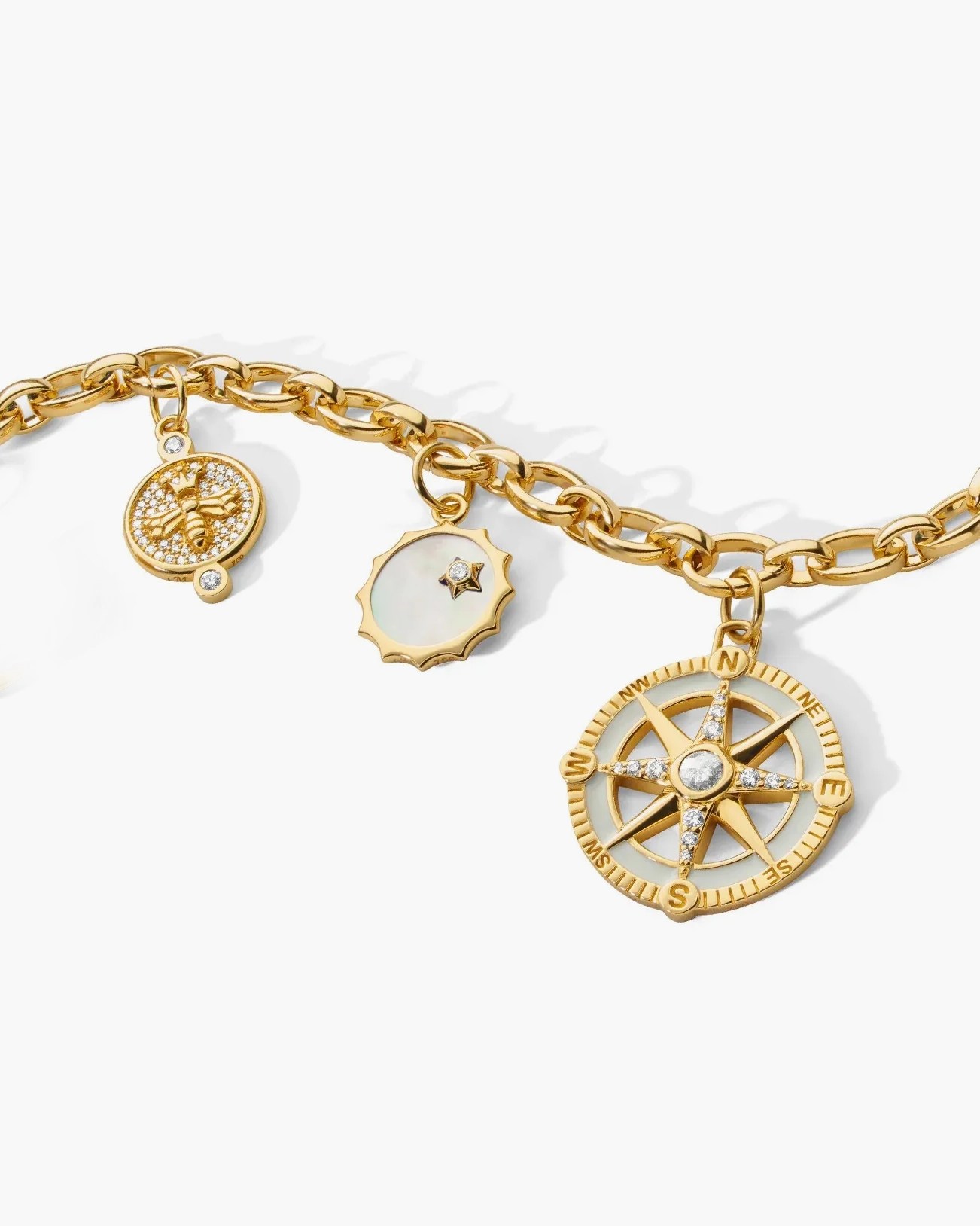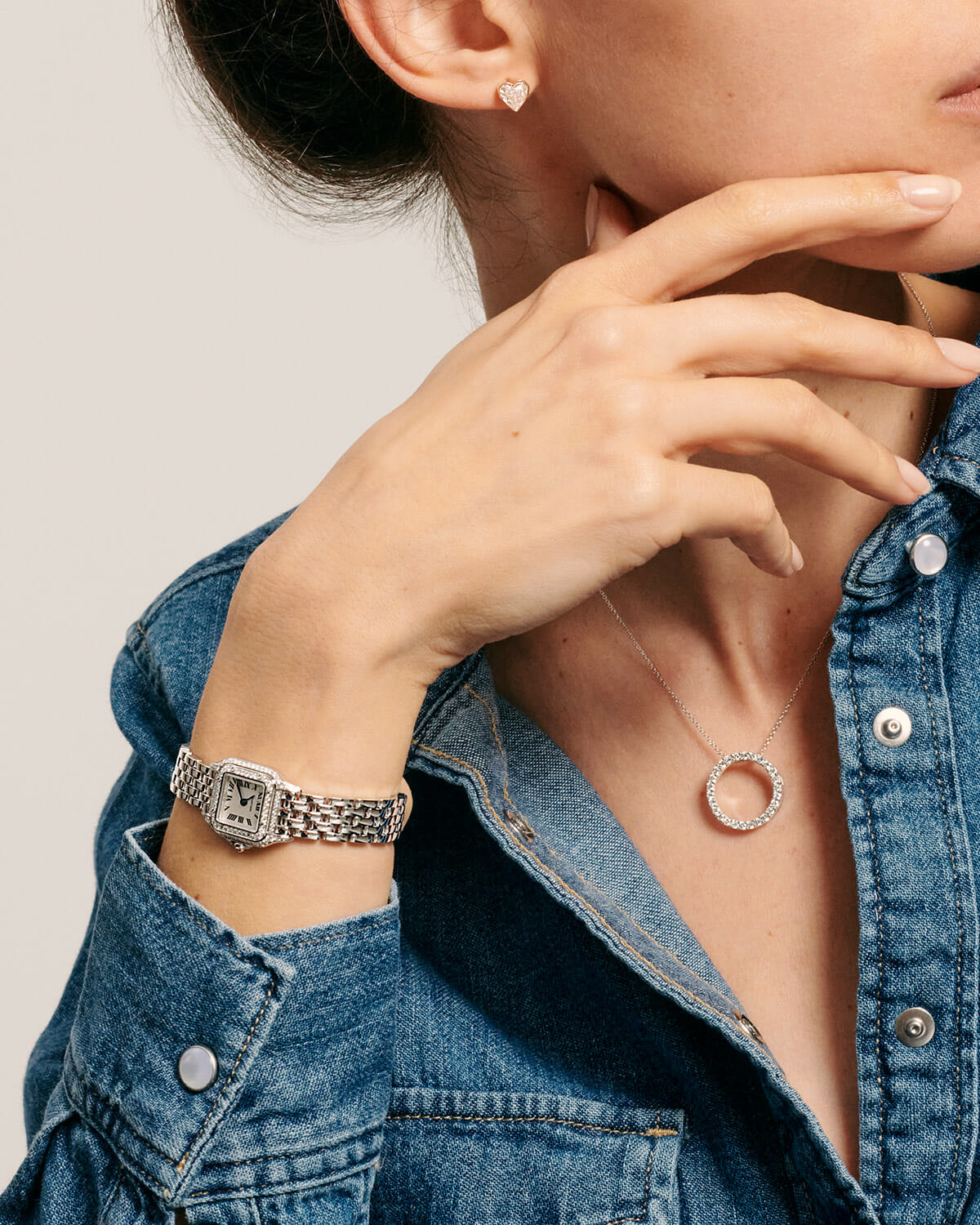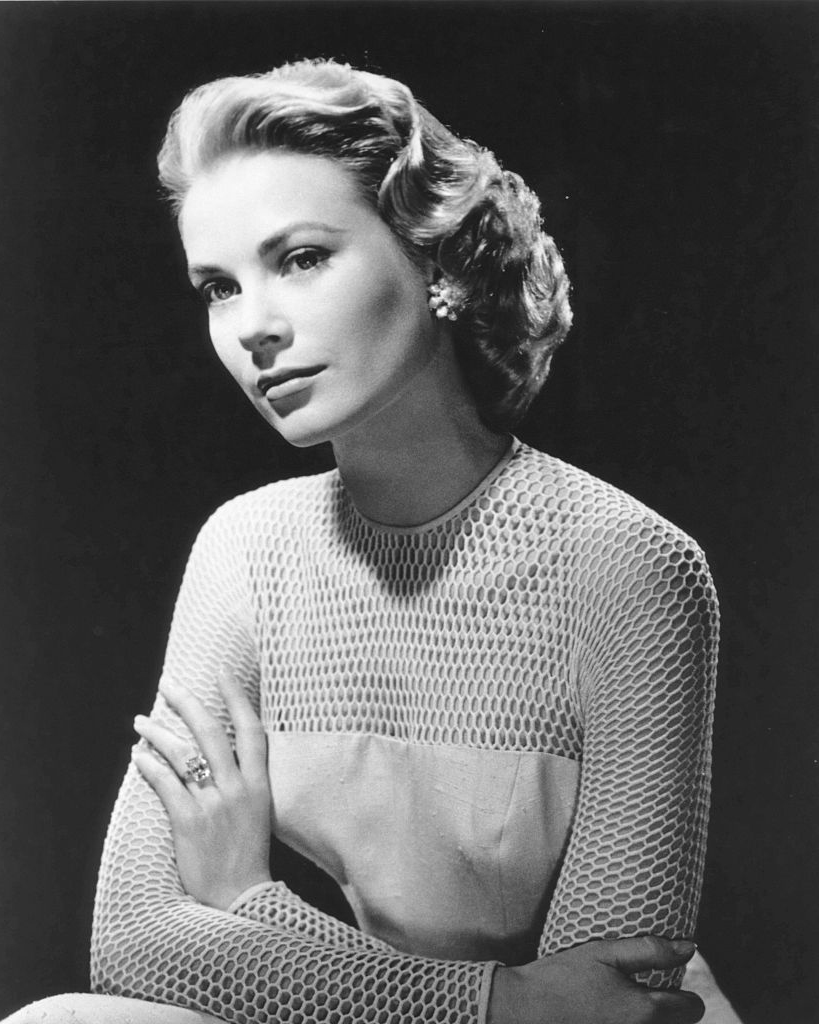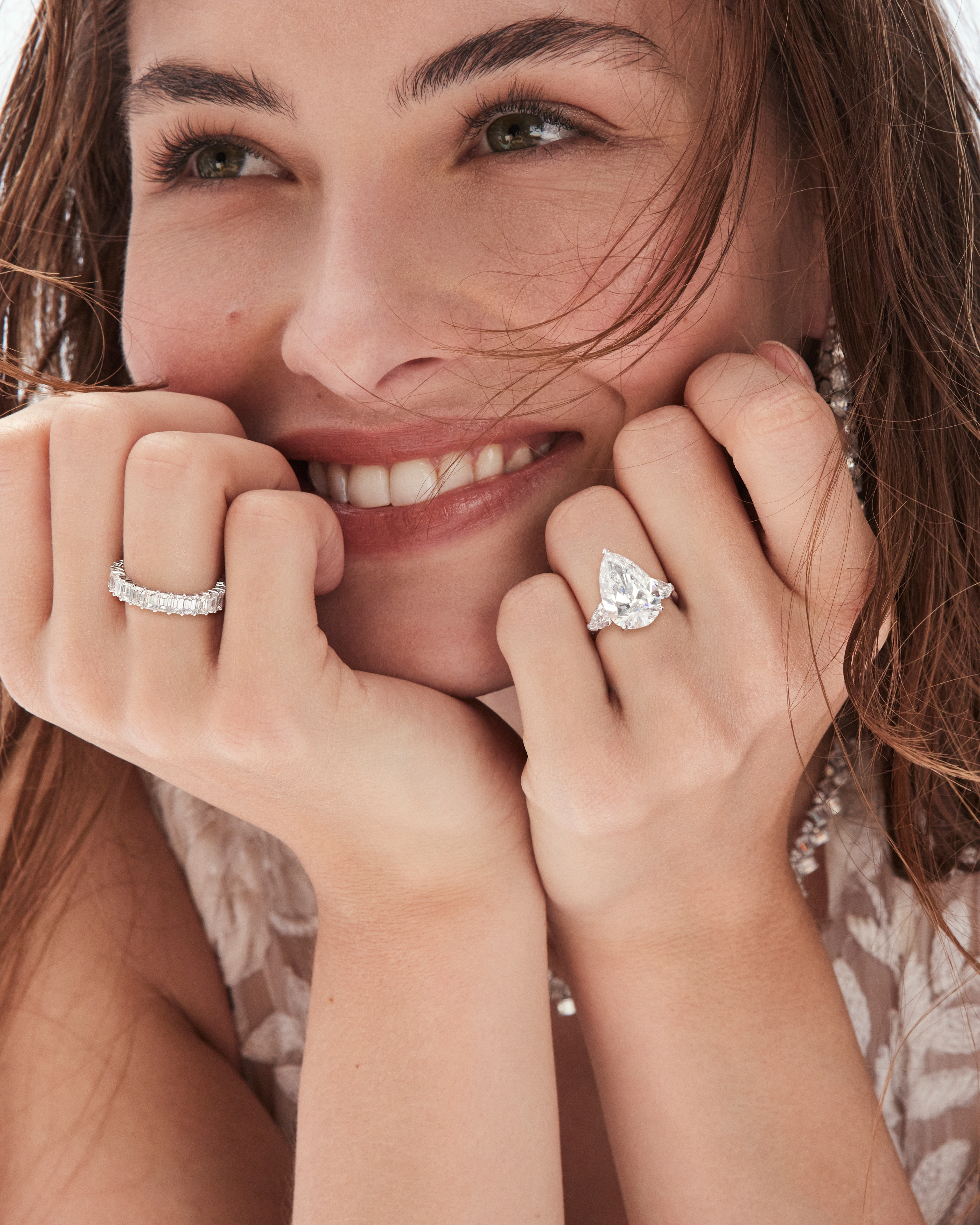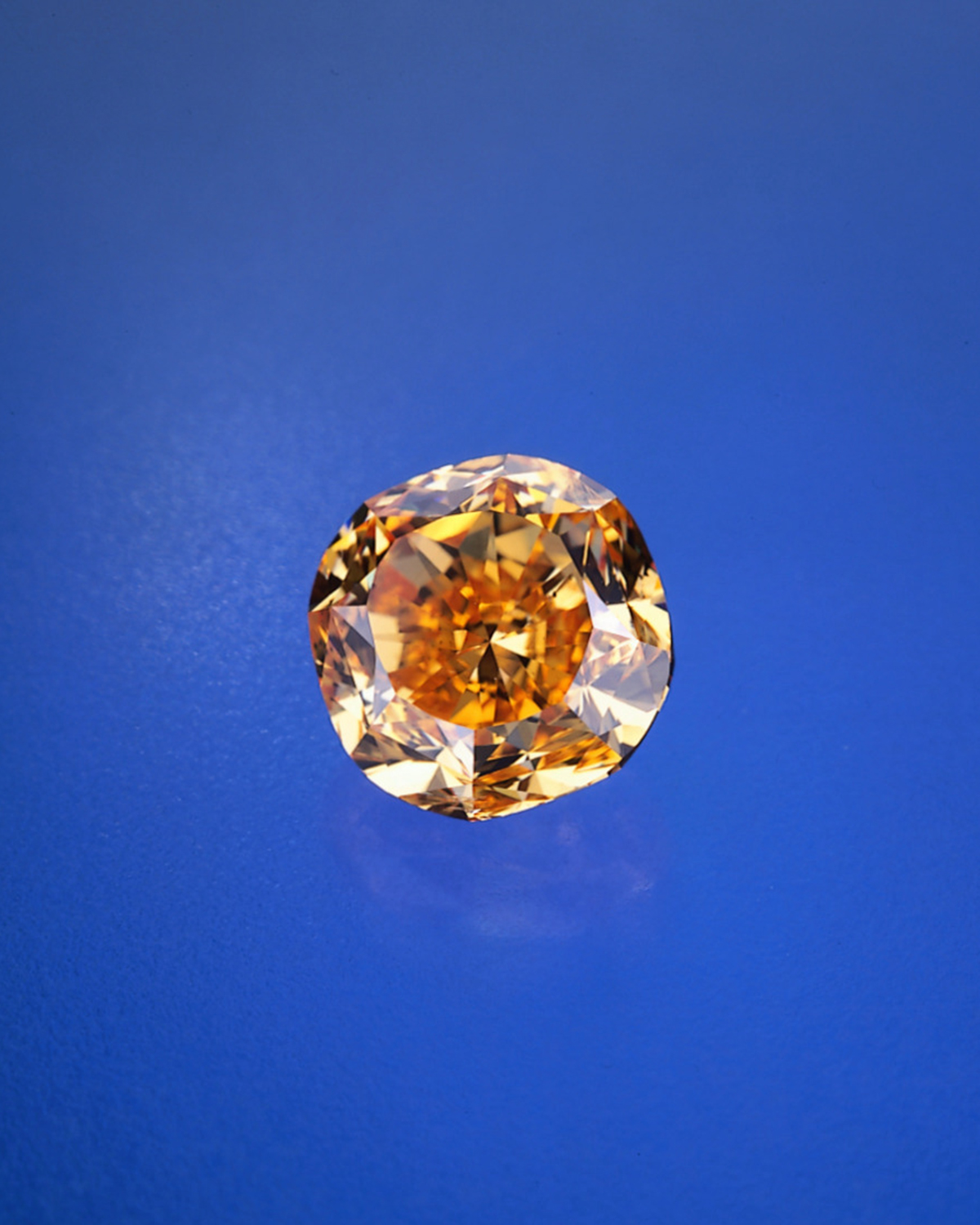Hancocks London’s New Georgian Home Blends Heritage with Style
Since 1849, Hancocks London has charmed clients with vintage jewelry and bespoke designs. Now, their new atelier fuses history with a modern vision.


From the moment Charles Frederick Hancock established his business, Hancocks London, on the corner of Bruton and Bond Street in London in 1849, he created a buzz. Within a year, none other than Queen Victoria became a client and granted him a royal warrant.
Even in the mid-1800s, the royals were the ultimate influencers. So, when the 6th Duke of Devonshire wanted to impress the Russian aristocracy at Tsar Alexander II’s coronation in 1856, he commissioned C.F. Hancock to create a lavish seven-piece parure for Countess Granville, his nephew’s wife, who accompanied him to the grand event.
The famous Devonshire Parure, with diamonds, emeralds, sapphires, ancient cameos and intaglios, was hailed in London newspapers at the time as “matchless.” Nearly 170 years later, when Sotheby’s displayed it as part of the Treasures from Chatsworth exhibit in 2019 in New York, the auction house named it a “masterpiece of Victorian jewelry.”

Today, Hancocks London still holds a coveted position, one that has been carefully maintained by its present owners, the Burton family. In recent years, some of the most important jewels have passed through Hancocks: Princess Margaret’s Cartier diamond rose brooch that she wore to Queen Elizabeth II’s Coronation; a ruby and diamond necklace that was part of the French crown jewels; and the Anglesey Tiara, an 1890 tiara with over 100 carats of old European cut diamonds, previously owned by the flamboyant 5th Marquess of Anglesey, Henry Cyril Paget.
Hancocks remains the family jeweler to international royals, well-heeled families, and new, younger buyers. Though Guy Burton, the house’s managing director, won’t divulge client’s names or stories. It’s that discretion and longtime familial relationships, along with an extraordinary collection of curated vintage diamonds and jewelry, that keep clients coming back generation after generation.

The History of Hancocks
This year marked a new chapter in the storied jeweler’s legacy when it moved into an 18th-century Georgian townhouse at 62 St. James’s Street, near St. James’s Palace. It sits amongst London’s revered heritage brands, including Lock & Co., hat makers since 1797, Berry Bros & Rudd, wine and spirits merchants since 1698, and Church’s footwear, established in 1617.
“We are returning to our roots,” Burton tells Only Natural Diamonds, referring to the original house the company occupied in the 1850s where it sold jewelry and silverware.
But don’t be fooled by the jeweler’s age. Hancocks isn’t stuck in a time warp. Under the leadership of 41-year-old Burton, it has evolved to include a wide selection of vintage diamonds, transformed into new rings and jewelry with a timeless yet contemporary flair. Its vintage jewelry selection includes wearable pieces that pair easily with today’s fashions. Of course, it offers some of the finest examples of period jewels, from antique to retro, representing all the great houses. There are Art Nouveau works by Rene Lalique, Art Deco pieces from Boivin, Cartier, and Van Cleef & Arpels, and bold gold and diamond designs by Georges Lenfant.

We are returning to our roots.

With a wider breadth of designs, Hancocks outgrew its cramped but charming narrow space at London’s Burlington Arcade, which was often so crowded you couldn’t fit in the door. They have occupied that location since 1998, when Guy’s father, Stephen Burton, purchased Hancocks.
In more recent years, as the business developed under Guy and his sister Amy, Hancock’s creative director, they wanted a gallery-style space where clients could have a more leisurely visit and enjoy a glass of champagne or tea when browsing the jewelry.
After a four-year search, Burton found the home of his dreams in the St James’s Georgian house. He enlisted British interior designers Barlow & Barlow and architect Arke to create a space that seamlessly blends its history with a contemporary style. While visitors are greeted by a doorman decked out in a Savile Row tailored suit, there isn’t anything fussy or too formal about the space.

It is designed to welcome customers of all ages because the desire for distinctive vintage designs continues to grow among younger clients, says Burton. “It used to be that many people were only interested in brand and designer jewelry names, and that’s changed quite dramatically in the past five years,” he explains. “More people want unique rings and jewelry, and vintage; they want something that expresses their own identity.”
“Guy has attracted the interest of a whole new generation of jewelry buyers with his new designs and engagement rings,” says Russell Zelenetz, a partner in Stephen Russell, the vintage and contemporary jeweler on Madison Avenue. While he says Hancocks London has always had a good reputation, he adds, “Guy has taken the storied firm to a new level. The new shop is fresh and exciting.”
Exploring Hancocks London’s New Georgian Townhouse
The five-story house is an immersive experience, one that celebrates Hancocks’ history while showcasing vintage jewelry and silverware and an array of newly created diamond pieces. It has three levels of jewelry, each uniquely designed and named for one of Hancocks’ former locations.

The ground level Sackville Gallery is a walk-through of Hancocks’ illustrious heritage with displays of its ledgers and diaries with orders dating back more than 175 years (you’ll recognize royal and famous names), and a library of jewelry books. Bathed in warm blue walls with a custom banquette, the inviting space feels like an elegant living room. The walls are lined with framed original sketches, historic images, and Queen Elizabeth, the Queen Mother’s royal warrant for goldsmith and silversmith. It’s one of four royal warrants that Hancocks was awarded.
One of its most coveted pieces on display is the huge silver Napoleon jug made by Hancocks for Napoleon III, the last Emperor of France, which was exhibited at the 1867 Paris Exhibition. There’s also an area showcasing the Victoria Cross medal, which Queen Victoria commissioned for the house in 1856. It’s the highest military award given to soldiers for acts of extreme bravery and is still produced by Hancocks today.

Hancocks is one of the few or perhaps only houses with a selection of exquisite vintage diamond tiaras for sale, which Guy says are popular today. “It is hard to find tiaras in really good condition,” he says. “We have clients looking for tiaras for their wedding and want to have one that stays with the family as an heirloom.”
The Bruton Gallery, with walls covered in green moiré fabric and swaths of fabric bows, showcases a curated selection of vintage jewelry. There’s a Van Cleef & Arpels diamond-covered bracelet from 1965, which is as fluid as a silk scarf, and a classic unsigned 1930s Riviere necklace with 44.14 carats of old cut diamonds. While Burton travels the world seeking vintage jewelry and diamonds, he said many pieces and stones come from families who have been multigenerational clients and have a trust level in selling to Hancocks.



The Burlington Gallery portrays a romantic mood with pink lime-washed walls and matching drapes, an Art Deco-inspired chandelier and a champagne bar. It’s the perfect setting for couples shopping for diamond engagement rings. Burton selects nearly every vintage stone and collaborates with Amy on redesigning them into rings. The newly reimagined rings and bespoke commissions are made by master jewelers in London, including one workshop that has made Hancocks jewelry for more than a century.
“I look for the most beautiful diamonds and gemstones, the ones that were hand-cut by the masters a century ago,” says Burton. “Now we have the space to tell the story of these beautiful stones.”
The rings, both vintage and newly imagined with antique stones, range in size and price. Among them is an elongated 2.3-carat Asscher-cut diamond, circa 1920s, set in a ring with tapered French cut baguettes. “An elongated Asscher is hard to find because they didn’t make too many,” says Burton.



Even smaller diamonds are of exceptional quality, like the 1-carat D internally flawless emerald cut, Golconda diamond, which Burton set in a carved onyx framed ring. There’s also a selection of fancy-colored diamonds, which Burton says are “phenomenally rare and hard to find.” From classic Art Deco settings to contemporary gypsy-set diamond rings, there’s a style for every client.
What’s the best part of being in his new Georgian home? “Having the space to show the breadth of our jewelry and sit down with clients and share our stories.”
